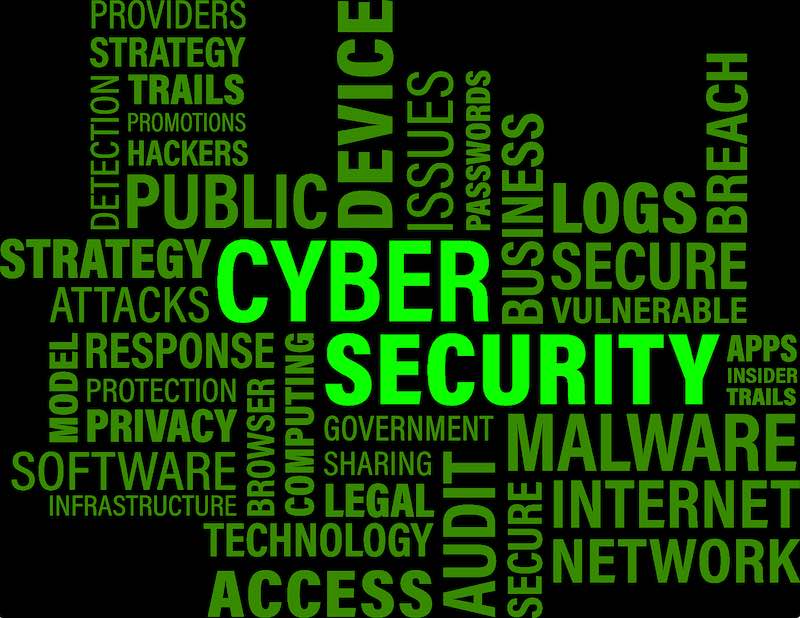In the field of cybersecurity, there are many questions that people may have, especially as threats continue to evolve and new technologies emerge.
TL;DR: Cybersecurity FAQs address common questions and concerns about protecting computer systems and networks from cyber threats. Key topics include defining cybersecurity, identifying common threats, discussing best practices for securing systems and data, explaining two-factor authentication, describing VPNs, outlining phishing prevention, and understanding ransomware. By familiarizing yourself with these answers, you can take proactive measures to defend against cyber attacks and minimize the risk of data breaches and security incidents.
In this article, we will provide an introduction to cybersecurity FAQs, including some of the most commonly asked questions and their answers.
-
What is cybersecurity? Cybersecurity refers to the practice of protecting computer systems and networks from unauthorized access, theft, damage, and other types of cyber threats.
-
What are some of the most common cybersecurity threats? Some of the most common cybersecurity threats include malware, phishing, ransomware, denial of service (DoS) attacks, and social engineering attacks.
-
What are some best practices for securing computer systems and data? Some best practices for securing computer systems and data include using strong passwords, regularly updating software, backing up data, and educating employees about potential security threats.
-
What is two-factor authentication, and how does it work? Two-factor authentication (2FA) is a security process that requires users to provide two different forms of identification before accessing an account. This can include a password and a fingerprint or a password and a one-time code generated by an authentication app.
-
What is a VPN, and why is it important for cybersecurity? A virtual private network (VPN) is a network that allows users to securely connect to the internet by encrypting their internet traffic and hiding their IP address and location. This can help protect against eavesdropping, man-in-the-middle attacks, and other types of cyber threats.
-
What is phishing, and how can it be prevented? Phishing is a type of cyber attack that involves tricking users into providing sensitive information, such as passwords or credit card numbers, by posing as a trustworthy entity. It can be prevented by educating users about how to recognize phishing emails and links and by implementing email filters and other security measures.
-
What is ransomware, and how can it be prevented? Ransomware is a type of malware that locks users out of their computer systems or encrypts their files until a ransom is paid. It can be prevented by regularly updating software, backing up data, and avoiding suspicious links and email attachments.
In conclusion, cybersecurity FAQs cover a wide range of questions and concerns that people may have about protecting their computer systems and data from cyber threats. By understanding the answers to these questions, you can take proactive steps to safeguard against cyber attacks and reduce the risk of data breaches and other security incidents. In future articles, we will explore specific cybersecurity FAQs in greater detail.
